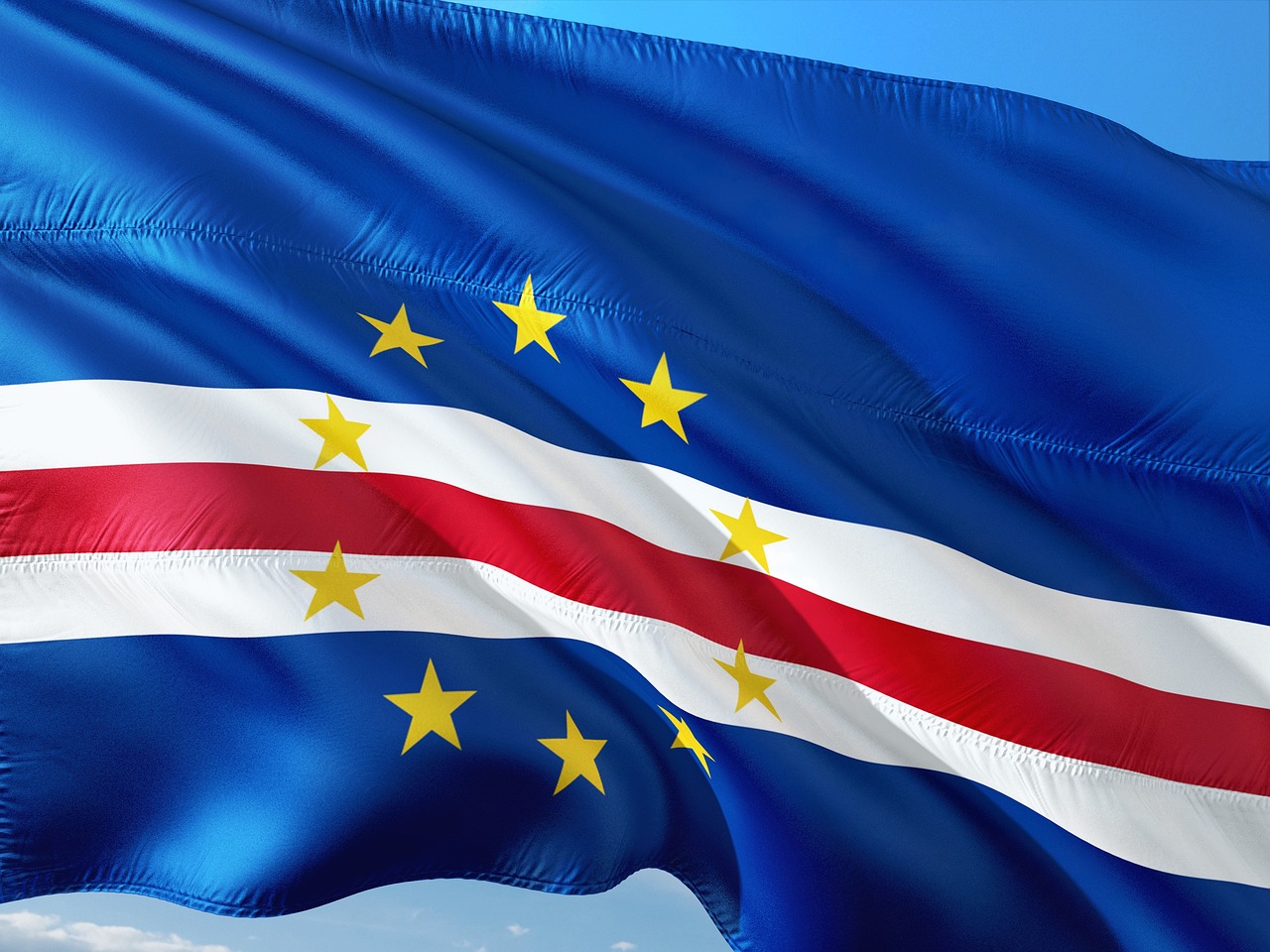
A registered trade mark (®) is a law[1] an intellectual property used to identify and distinguish a company's products or services. Obtained through government registration, trademarks can be logos, words or slogans that help consumers recognise the origin of a brand. Registration involves specific fees and is typically valid for 10 years, with renewal options. Different countries have unique registration processes, such as the National Institute of Industrial Property (INPI) in Brazil or the Office for Harmonisation in the Internal Market (OHIM) in the European Union. International registration is facilitated by the World Intellectual Property Organisation (WIPO), which represents 189 member states. Trademark symbols such as "TM" and "®" indicate different levels of official recognition, with "®" signifying registration approved by the state[2]. The main objective is to provide legal protection and brand identity in various markets.
This article or section contains a list of references at the end of the textbut its sources are unclear because are not cited in the body of the articlewhich jeopardises reliability information. (June 2016) |
A trademark (Brazilian Portuguese) or registered trade mark (European Portuguese) or trade mark (respectively, symbols ® or MR or TR) is any name or symbol used to identify a company, a product (consumer goods), service or trade. Trademarks are a type of intellectual property and its effectiveness depends on the exclusivity registration granted by the authorities. government the National Institute of Industrial Property (INPI).

In general, trademarks are represented by logos, wordsThe use of slogans or words linked to the activity are prevented or limit the use of the trade mark.
The trade mark's function is to enable consumers to identify the origin of a product or service, enabling them to distinguish that product or service from other similar ones on the market.
In Brazil, the Trademark is regulated by Article 123 et seq. of Law No. 9,279/96, which deals specifically with trademarks, patents and industrial designs, as well as crimes committed against trademarks and patents, such as unfair competition.